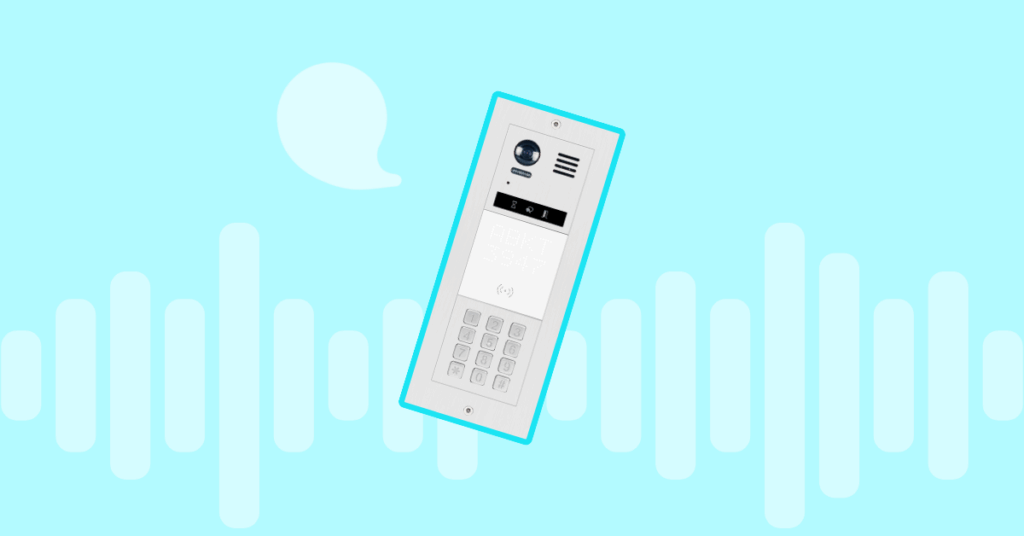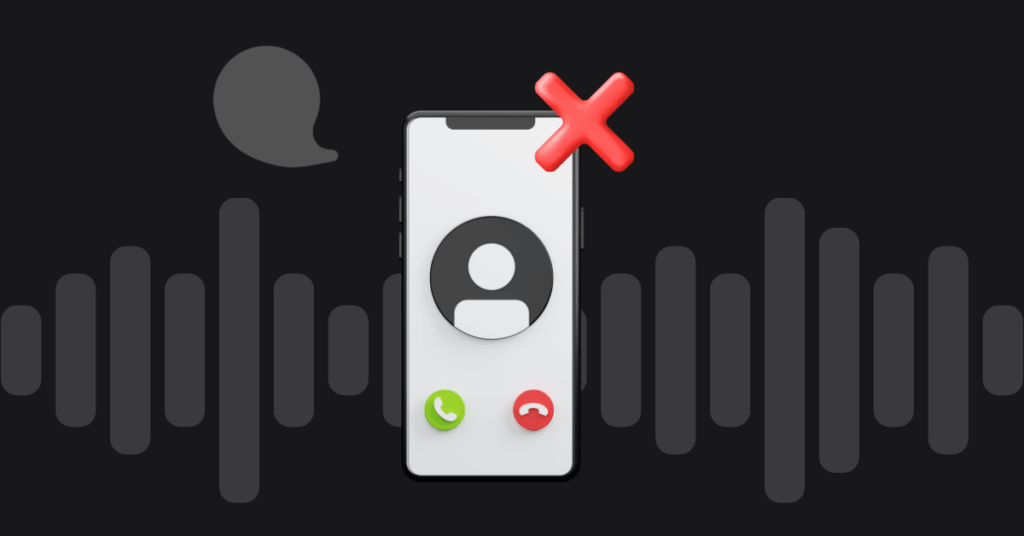Cutting through the VoIP Jargon – Here’s What the Key Terms Mean
- Renier Schrenk

Table of contents
As with any other industry, VoIP has its own unique terminology. To an insider, everything makes sense and they understand what each term means. To an outsider however, it’s all jargon and gibberish. Worse still, managers who have to make the purchase decisions may not have the knowledge to choose between different systems. The fact that some terms are used interchangeably with others doesn’t help matters either.
Along with the technical jargon, the industry is also rife with marketing terms that have no technical meaning. So jumping into the world of VoIP is fraught with danger for a business that doesn’t know what is going on. If you are considering the switch to VoIP, here’s a quick primer on what the technical jargon actually means.
IP, SIP, VoIP – What Do They All Mean?
All the acronyms can get confusing at first but they are pretty straightforward to understand. IP simply stands for Internet Protocol. It refers to a whole category of standards that govern various activities like email, file transfer and telephony. VoIP refers to Voice over Internet Protocol and is applied to any form of voice calling that is implemented over the internet instead of POTS. SIP stands for Session Initiation Protocol that is the most commonly used standard for implementing VoIP services. There are other protocols companies can use but most now support this universal standard.
Codec
Codecs are pieces of code that convert your voice to data packets that can travel over the Internet. Once the packets reach their destination, the codec converts them back to human recognizable audio. Codecs have to balance quality and size during conversion. The higher the audio quality, the bigger the resulting data packets. Bigger packets means you can make fewer concurrent calls since each takes up so much bandwidth. Hence some companies opt for lower bandwidth consumption while others prefer high quality audio according to their Internet infrastructure.
QoS – Latency, Jitter & Packet Loss
QoS stands for Quality of Service and refers to a network that guarantees a certain level of performance and quality. QoS is based on standard metrics and involves prioritizing traffic. Voice data packets are extremely sensitive to time delays in reaching their destination. By implementing certain QoS rules, you can instruct the network to give priority to voice packets while other types of data are queued for their turn.
Jitter, latency and packet loss can all affect the quality of voice calling. Packet loss refers to the fact that not all data packets will reach their destination. For certain activities like email or file transfers, a certain amount of packet loss is acceptable and certainly not noticeable. But once it crosses a particular threshold, you start to notice a decline in voice quality. High packet loss leads to missed words or incomprehensible conversations.
Latency refers to the amount of delay between a data packet starting from the source and reaching its destination. The longer the distance it has to travel, the higher is the latency. Latency can refer to the time delay in only one direction or for the round trip. Latency is also a deterrent to good quality voice calling. If the latency is too high, callers will end up talking over each other or there will be several seconds delay for the caller to hear what the other person just said.
Finally we come to jitter. It refers to the variation in packets arriving at their destination. Managing jitter is crucial to audio quality in VoIP. High jitter is usually caused by traffic congestion on the network. It can quickly degrade audio quality to the extent that you cannot have a proper conversation. You can measure jitter with various tools and your vendor probably has specific software that you can use as well.
Softphone, Router and SBC – What Do They Do?
A router is a piece of hardware that most businesses already have. It is the primary infrastructure required for a data network. So if you have internet access in the office, you have a router somewhere as well. Routers primarily direct data traffic to their specific destinations via the best possible routes. QoS settings are generally implemented on routers.
An SBC is usually a physical device that controls the security of your VoIP network. It is a multipurpose device and whether you need it or not depends on your unique network requirements. A softphones refers to an app that you can install on your computer or even mobile phone to make VoIP calls. This way any device can act as a phone. Most organizations use a combination of desk phones, softphones and mobile devices for their employees.
So there you have it! These are a few key VoIP terms that will help you get a handle on this new and innovative technology.
More from the blog
Want to improve your business communication?
Unlock enterprise-class call center power at affordable prices – no hardware, no delays, no surprises!






